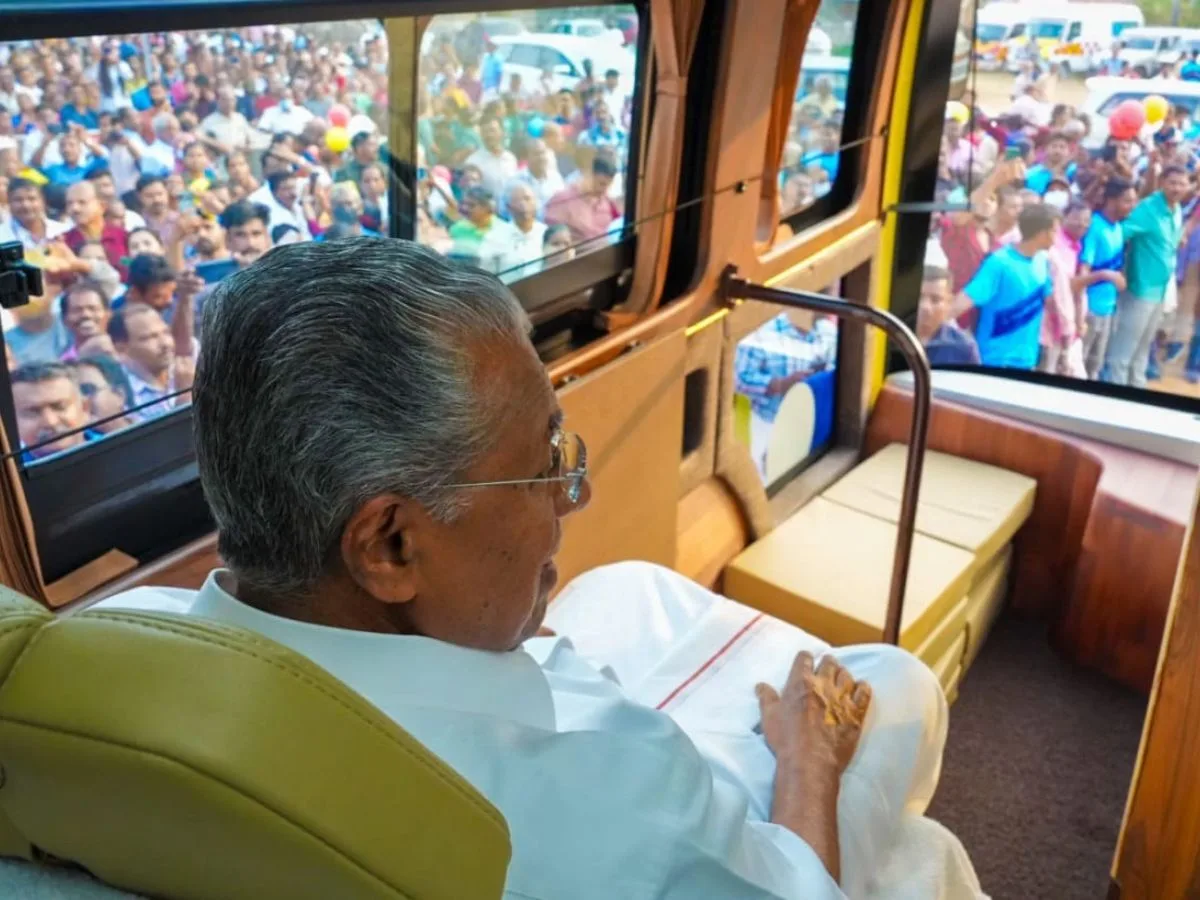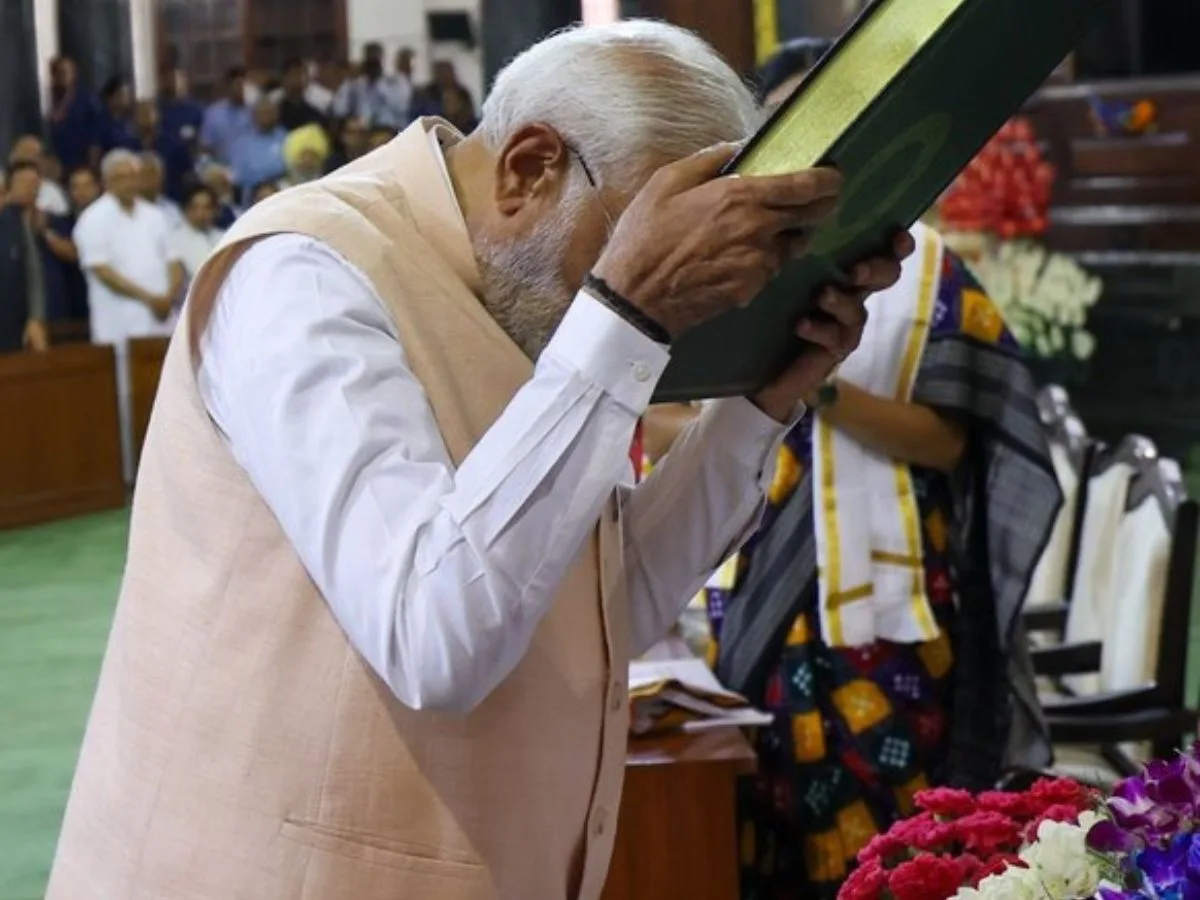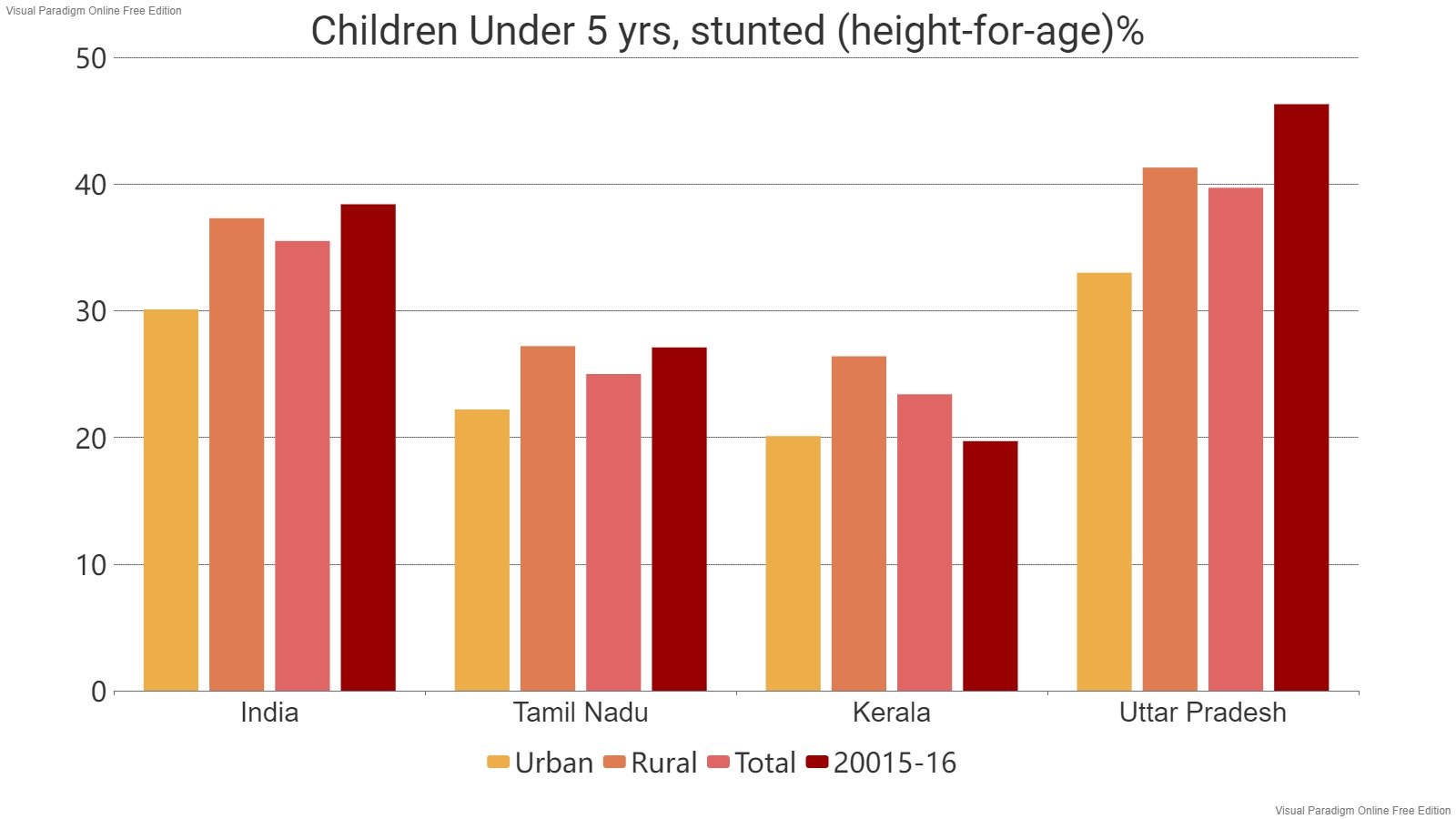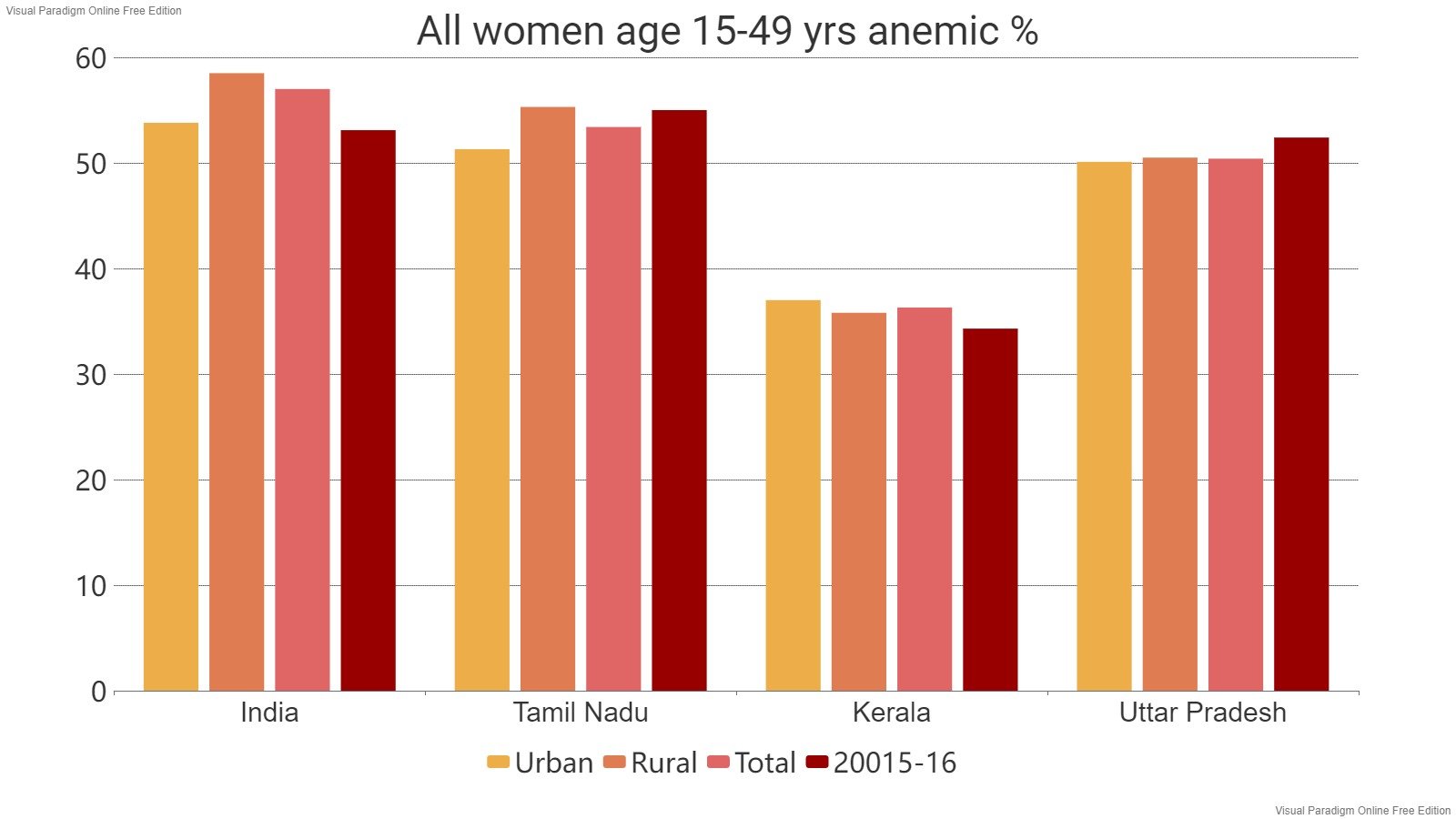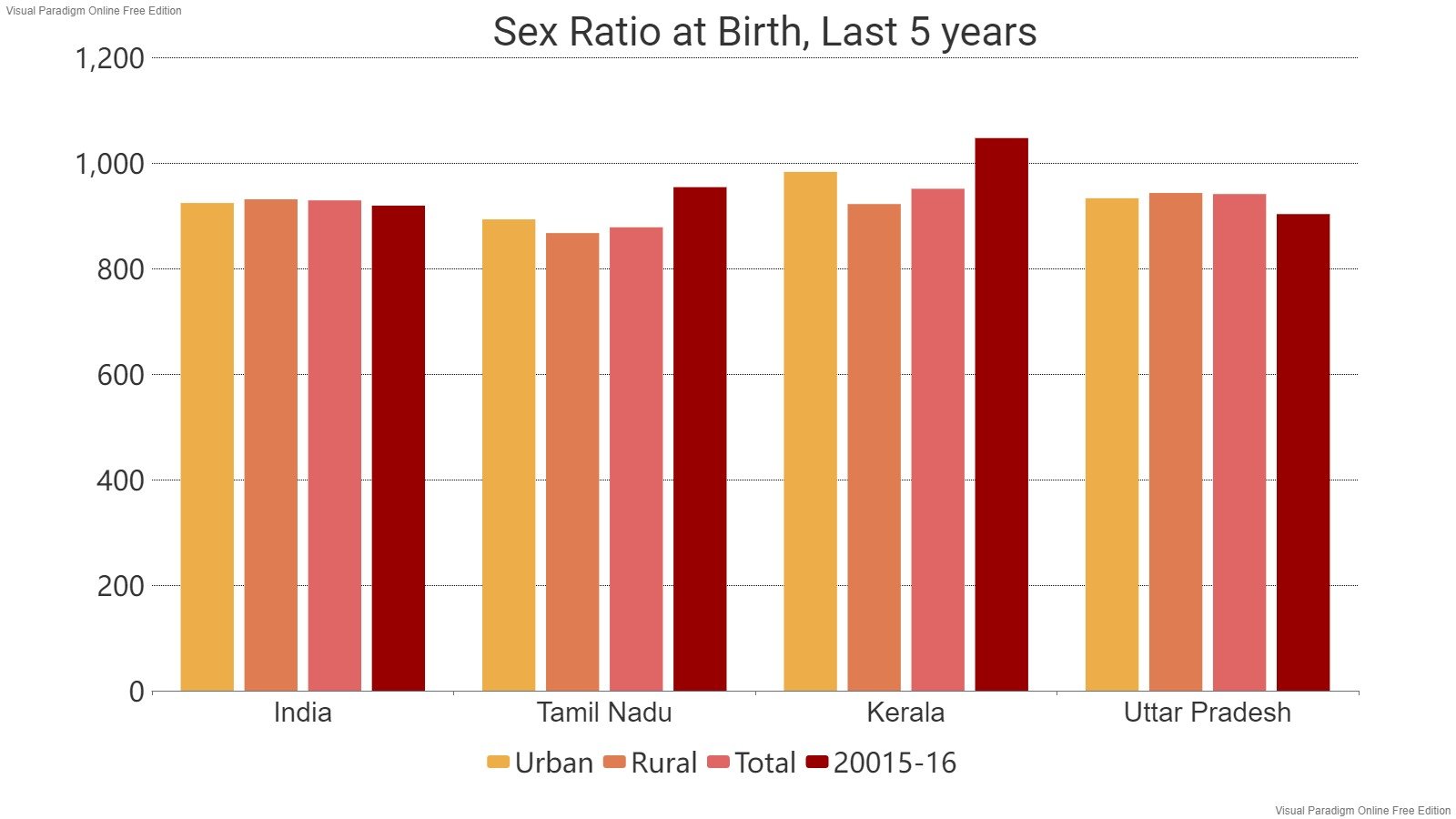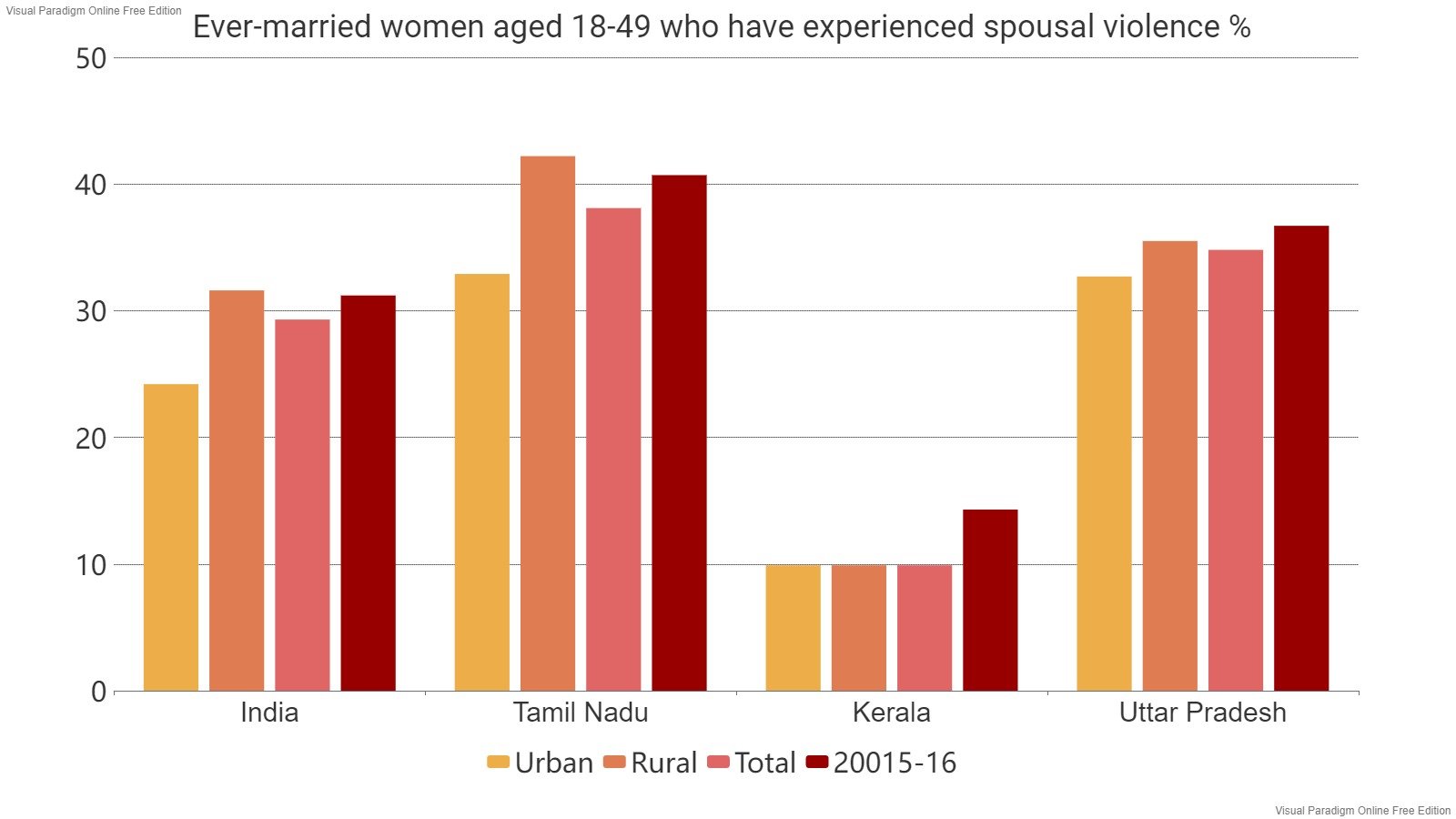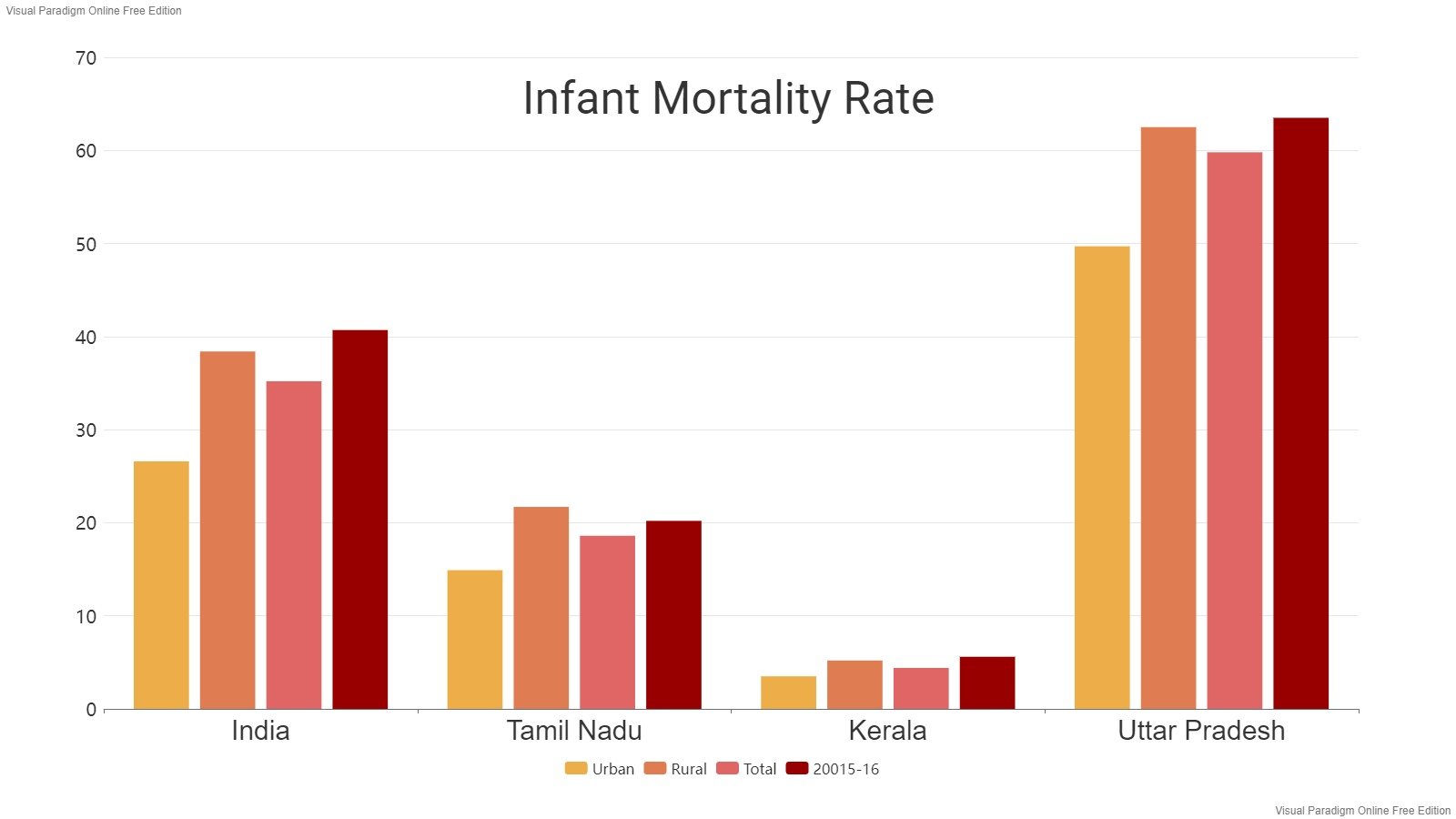Read in : தமிழ்
Rolling power cuts are what many recall about the 2006-11 DMK regime. Eighteen-hour power cuts were not too unusual at that time. Power cuts of April of this year only served to bring back those memories. What happened last month owes to legacy issues in the state but the state government has blamed the Union government without cause.
Power sector fundamentals of Tamil Nadu cannot support the state’s vision of 11% growth per annum and becoming trillion-dollar economy by 2030. Below are some of the legacy issues that need to be addressed.
Tamil Nadu Generation and Distribution Corporation Limited (TANGEDCO) is already struggling with debt close to Rs 1.34 lakh crore. Tamil Nadu simply copied from the Congress which first introduced free power supply to farmers back in the 1960s in Andhra Pradesh. Free power to farmers in Tamil Nadu has been the root cause of misuse or power theft. Now Andhra Government has reformed its power scheme. Although farm power is still free, the government meters it so it can track misuse and cut theft. Subsidies to industries are also obstructing fair pricing of power.
While globally there has been a revival of interest in hydro power as a means to cut carbon emissions, poor maintenance in the 47 hydro plants of the state is a concern. Maintenance of power plant machines and equipment is a concern. There is a vested interest in drawing from coal plants that involves tendering for coal.
Successive state governments have not undertaken bold reforms in production, distribution, and redressal of compliances. Every year, the state government bails out the excess expenditure of Tangedco as its revenue pie does not exceed liabilities.
Technological developments such as smart metering, underground cable laying, and modernisation of power distribution system have not been given priority. The state has installed bio-mass plants but these are not producing power.
Tangedco has exceeded the annual target set by Central Electricity Authority for hydropower generation in 2021-22. Four units of the Tuticorin thermal power plant are not being operated and the state government is not hastening to make them operational.
Tamil Nadu simply copied from the Congress which first introduced free power supply to farmers back in the 1960s in Andhra Pradesh. Free power to farmers in Tamil Nadu has been the root cause of misuse or power theft. Now Andhra Government has reformed its power scheme. Although farm power is still free, the government meters it so it can track misuse and cut theft. Subsidies to industries are also obstructing fair pricing of power.
But what has helped Tamil Nadu is that before 2014, the southern grid was not connected to the national grid. Now they are connected.
The power outages across witnessed in April, 2022 were the work of all the above factors, with each one playing into the other. The DMK government did not plan for the peak power demand during the heat waves and summer seasons. Coal tendering, which should have closed by December, was delayed and the first batch of coal is arriving only this month. Instead of taking responsibility, the government is blaming the Union government.
According to the data available up to March, 2022, the total installed capacity of power was 35,138.98 MWs in Tamil Nadu which is 9% of national capacity. Out of this, 62% of installed capacity is contributed by the private sector in the state. This is a unique situation since the national average of private capacity is 49%. Some 20% comes from the Tamil Nadu government and 18% from Union government.
Some 44% of the installed capacity of power in the state is from thermal power plants. Renewable energy accounts for 52% mainly because of private sector contribution which accounts for 98%.
Though only 18% of capacity is with Union government, the DMK government blames the center. And it has blamed the Union government for the shortage of power by way of coal supply.
New power plants are being planned to increase the installed capacity of power by 6,220 MW over 10 years. It would be up to the government to ensure the tendering processes are transparent and there is no corruption.
Some 44% of the installed capacity of power in the state is from thermal power plants. Renewable energy accounts for 52% mainly because of private sector contribution which accounts for 98%.
Tamil Nadu has much scope for solar power generation but the current state government is less keen on it. Tamil Nadu should leverage the national “Green Energy Corridor” project. The government should shake off coal import vested interests and back solar power much more.
It’s time states like Tamil Nadu look at ways to manage the energy efficiently by involving technological solutions like smart metering to reduce the wasteful expenditures and reduce power theft (T&D losses) which is high in Tamil Nadu as compared to major states like Gujarat, etc. Otherwise, outages will mar state economic development.
(The author is an economist and public policy expert)
Read in : தமிழ்




